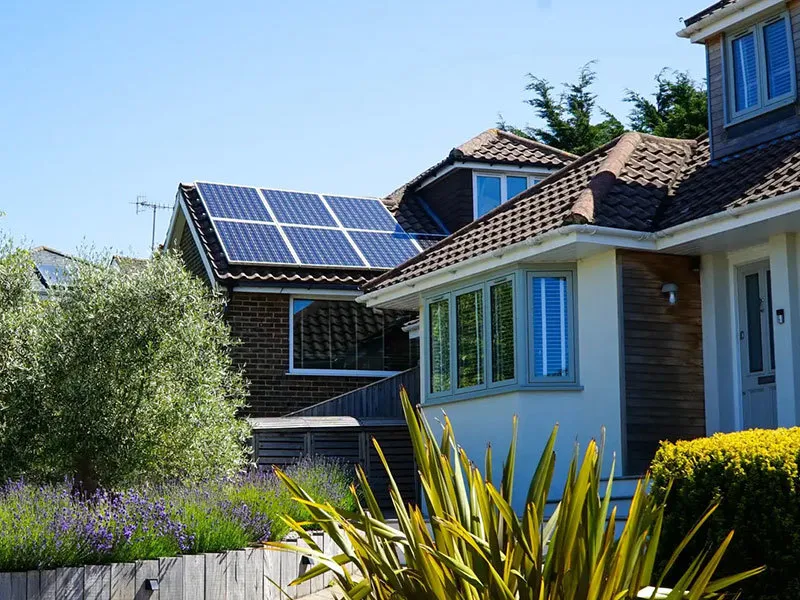Comparison of Efficiency Between Monocrystalline and Polycrystalline Solar Panels
The Efficiency of Monocrystalline and Polycrystalline Solar Panels
With the rising demand for renewable energy sources and the increasing concern over climate change, solar energy has emerged as one of the most promising alternatives. Solar panels, which convert sunlight into electricity, are primarily categorized into two types monocrystalline and polycrystalline. Understanding their efficiencies is crucial for consumers and businesses looking to invest in solar technology.
Monocrystalline Solar Panels
Monocrystalline solar panels are made from a single crystal structure, typically silicon. This manufacturing process involves slicing wafers from a single crystal ingot, a method that allows for more efficient energy conversion. The typical efficiency rate of monocrystalline panels is between 15% to 22%, making them more efficient than their polycrystalline counterparts.
One of the significant advantages of monocrystalline panels is their performance in low-light conditions. Because of their higher purity level, they tend to perform better in less ideal weather, such as cloudy or rainy days. Additionally, their sleek black appearance often makes them aesthetically appealing to homeowners and businesses. Space efficiency is another benefit; due to their higher output, fewer panels are required to achieve the same energy output as polycrystalline panels. This can be particularly advantageous for residential applications where roof space may be limited.
However, the manufacturing process of monocrystalline panels is more energy-intensive and costly, which can lead to a higher price point for consumers. The production also carries a slightly higher environmental impact due to the energy used in the purification process of silicon.
Polycrystalline Solar Panels
efficiency of monocrystalline and polycrystalline solar panels

In contrast, polycrystalline solar panels are created from multiple silicon crystals melted together. This process is simpler and requires less energy, leading to a lower production cost. Consequently, polycrystalline panels are generally cheaper than monocrystalline panels, making them an attractive option for budget-conscious consumers.
The efficiency rating for polycrystalline panels typically ranges from 13% to 16%. While they have lower efficiency compared to monocrystalline panels, this technology has improved significantly over recent years. Polycrystalline panels are also known for their durability and have a longer lifespan, often exceeding 25 years when appropriately maintained.
However, polycrystalline panels may not perform as well in low-light conditions, which can be a consideration for potential users in regions with less sunlight. Additionally, they tend to occupy more space because they require more panels to produce the same amount of energy as monocrystalline ones.
Cost vs. Efficiency Trade-offs
When choosing between monocrystalline and polycrystalline solar panels, consumers must consider the trade-offs between cost and efficiency. While monocrystalline panels offer superior efficiency and performance in low-light conditions, their higher price may not be justified for all users. Conversely, polycrystalline panels provide a more cost-effective solution suitable for larger installations or for those with ample roof space.
Conclusion
In summary, both monocrystalline and polycrystalline solar panels have their benefits and drawbacks. Monocrystalline panels are more efficient and better suited for installations with limited space, while polycrystalline panels offer a more affordable option with adequate performance. Ultimately, the choice between the two should depend on individual needs, the specific installation conditions, and budget considerations. As technology advances, it’s likely that both types of panels will see further improvements in efficiency and cost-effectiveness, making solar energy an even more viable option for sustainable living in the future.
-
Unlocking Energy Freedom with the Off Grid Solar InverterNewsJun.06,2025
-
Unlock More Solar Power with a High-Efficiency Bifacial Solar PanelNewsJun.06,2025
-
Power Your Future with High-Efficiency Monocrystalline Solar PanelsNewsJun.06,2025
-
Next-Gen Solar Power Starts with Micro Solar InvertersNewsJun.06,2025
-
Harnessing Peak Efficiency with the On Grid Solar InverterNewsJun.06,2025
-
Discover Unmatched Efficiency with the Latest String Solar InverterNewsJun.06,2025







